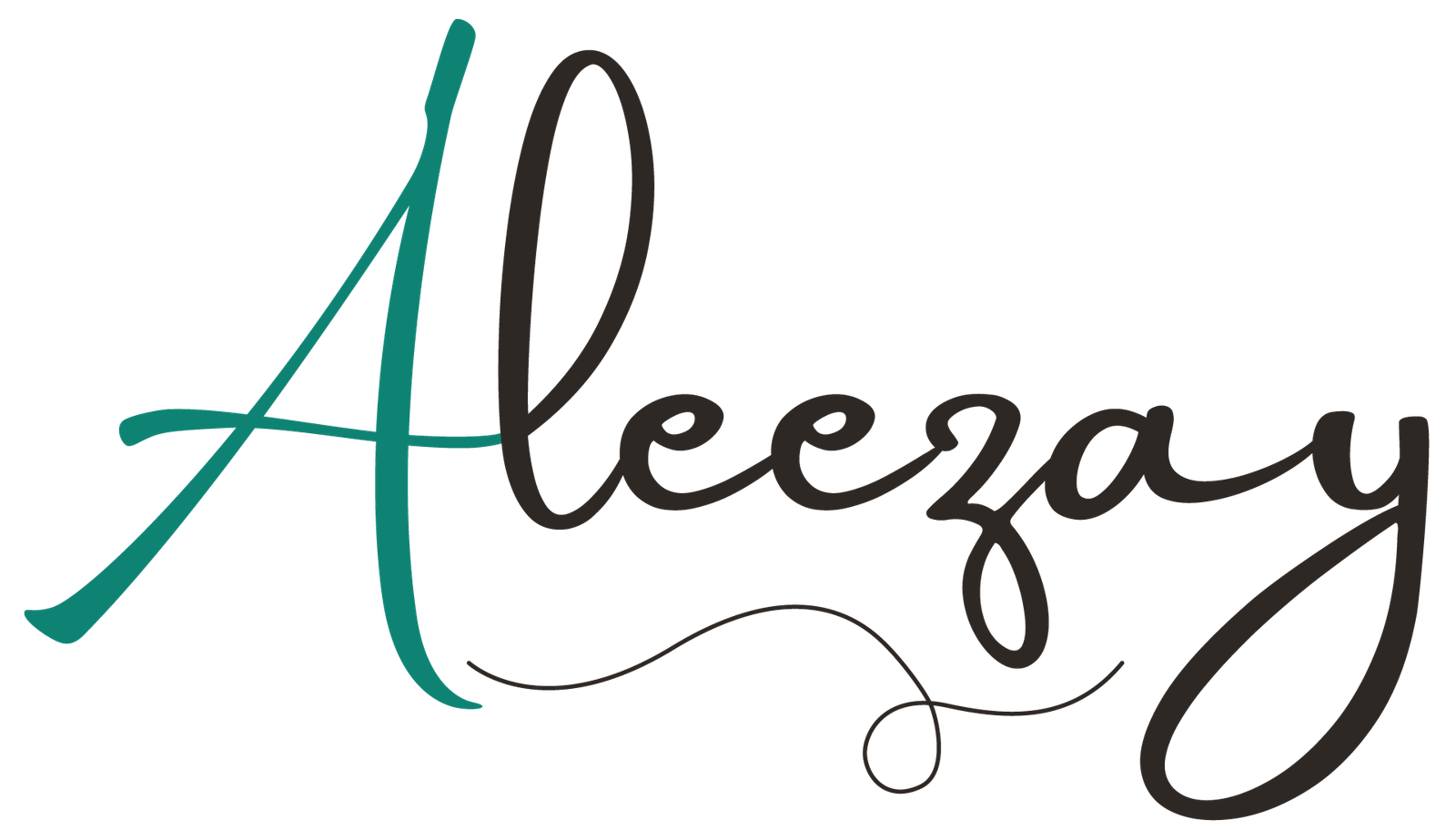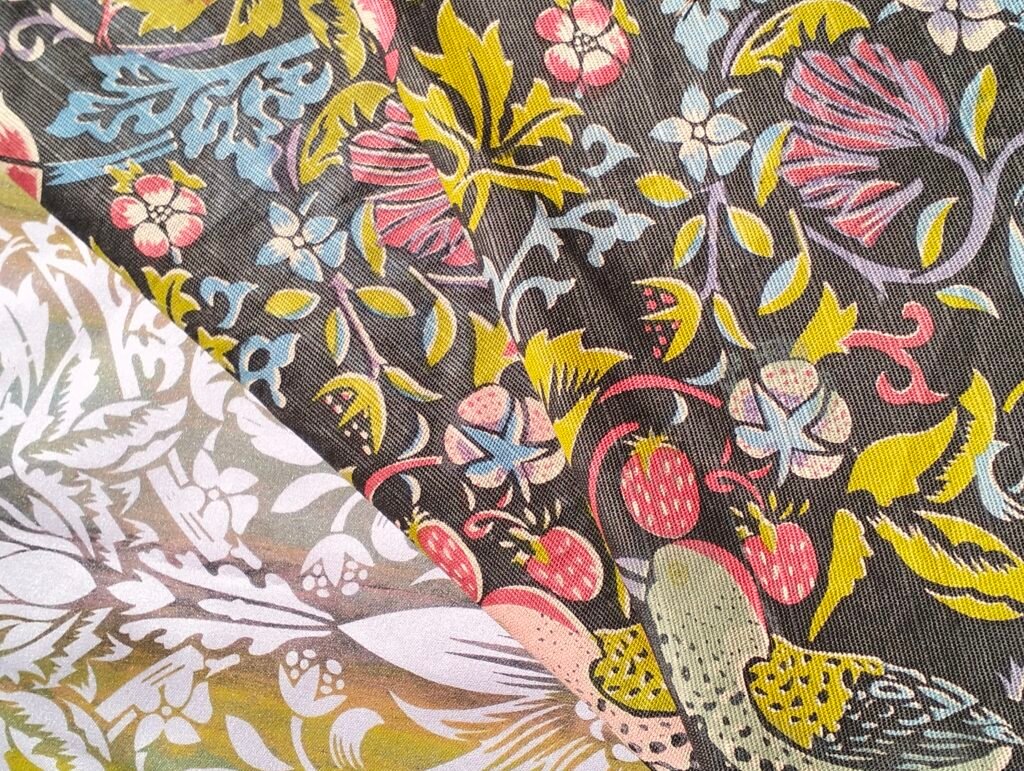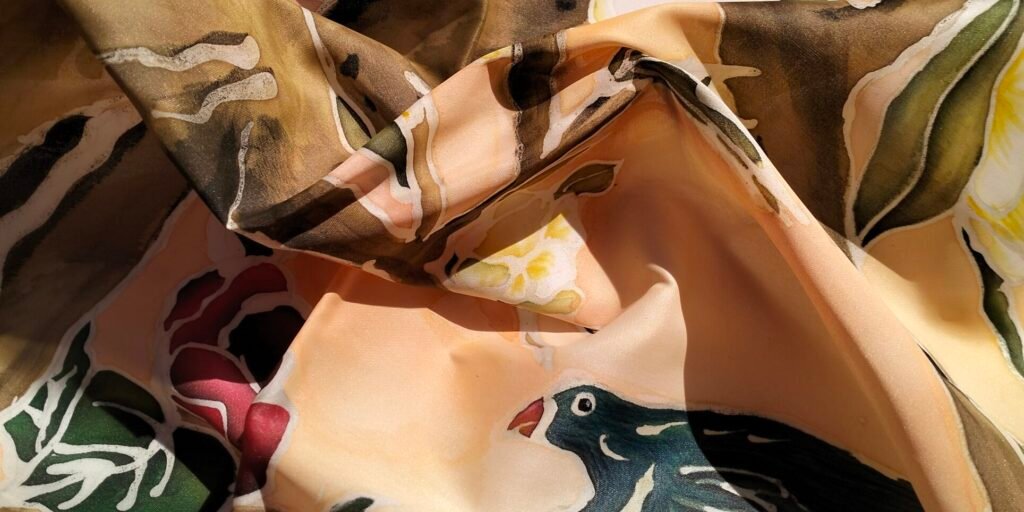In an age of endless digital images, there’s a unique and growing appreciation for art that possesses a tangible quality, pieces you can truly connect with, feel, and even trace the hand of the artist in. This is precisely why contemporary printing techniques, particularly screen printing and linocut printing, continue to captivate artists, designers, and collectors alike. For me, there’s an undeniable magic in transforming a concept into multiple, identical, yet uniquely handcrafted impressions. It’s a blend of meticulous planning and spontaneous discovery, creating bold visuals with a distinctive character that digital reproduction simply can’t match.
What Exactly are These Contemporary Printing Techniques?
Printmaking, at its heart, is the art of creating images by transferring ink from a matrix (a prepared surface) onto another surface, typically paper or fabric. While the concept is ancient, techniques like screen printing and linocut have evolved to become incredibly popular for their versatility, accessibility, and distinct aesthetic outcomes.
Screen Printing (Serigraphy): The Stencil Master
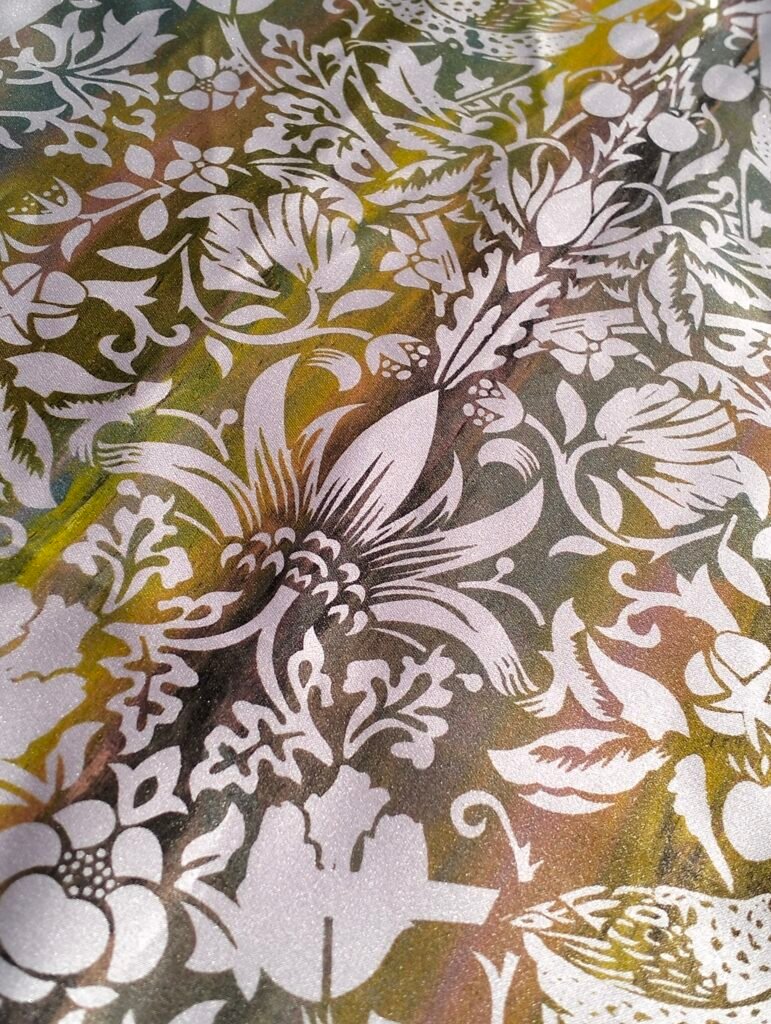
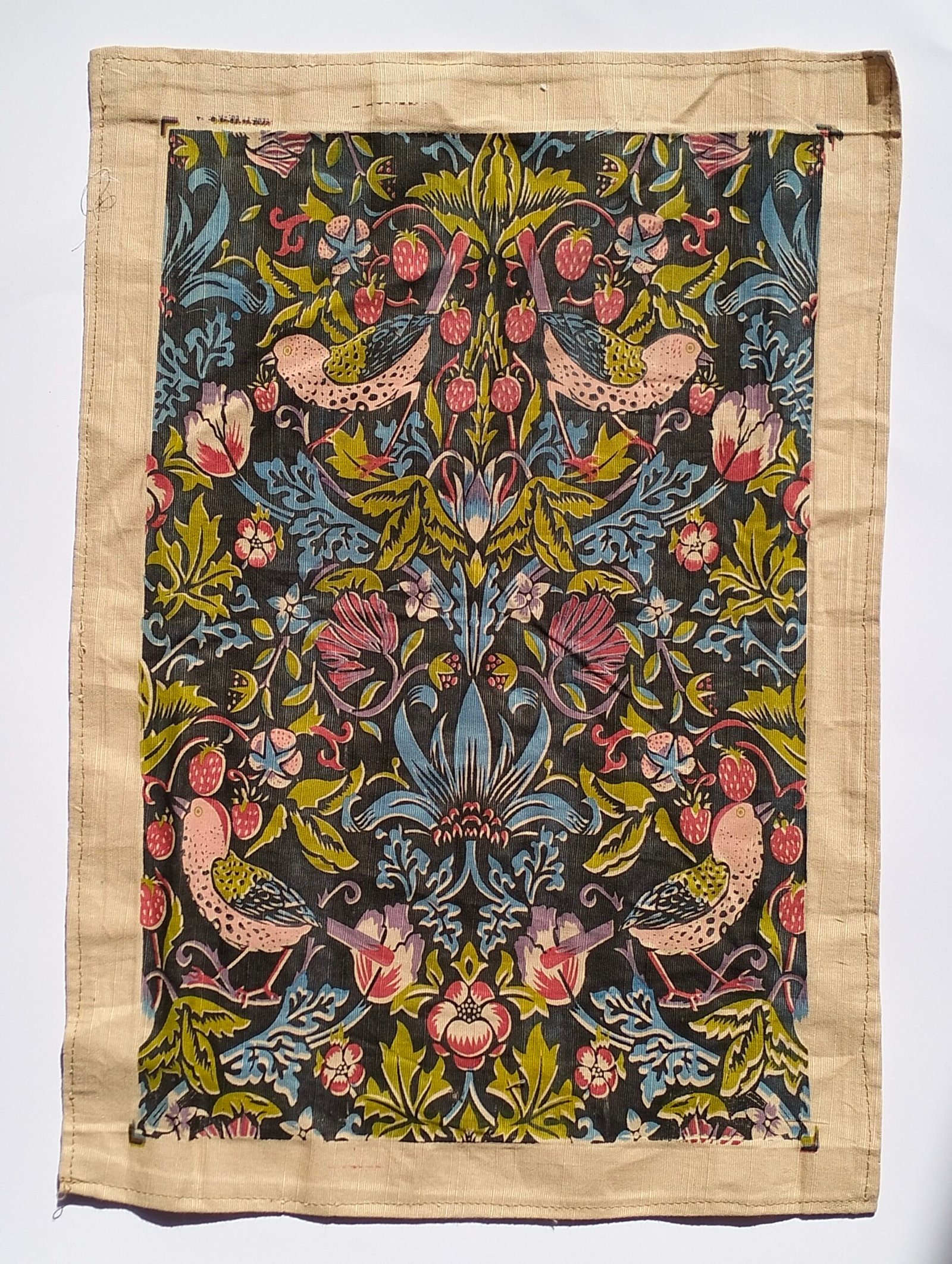
Screen printing, also known as silkscreen printing or serigraphy, is a stencil-based printmaking method. It involves forcing ink through a mesh screen (traditionally silk, now often polyester) onto a substrate. Areas of the screen are blocked off, creating a stencil that allows ink to pass only where the image is desired. This technique is renowned for producing vivid, intense colors and sharp, clean lines. Learn more about how screen-printing works.
Another Interesting method of Screen Printing is Open Screen Printing, where an unexposed screen is used and temporary stencils are placed underneath it to create prints. for such purposes the stencils can be cut using paper, or items like leaves, flowers or yarn can be placed to achieve unique prints.
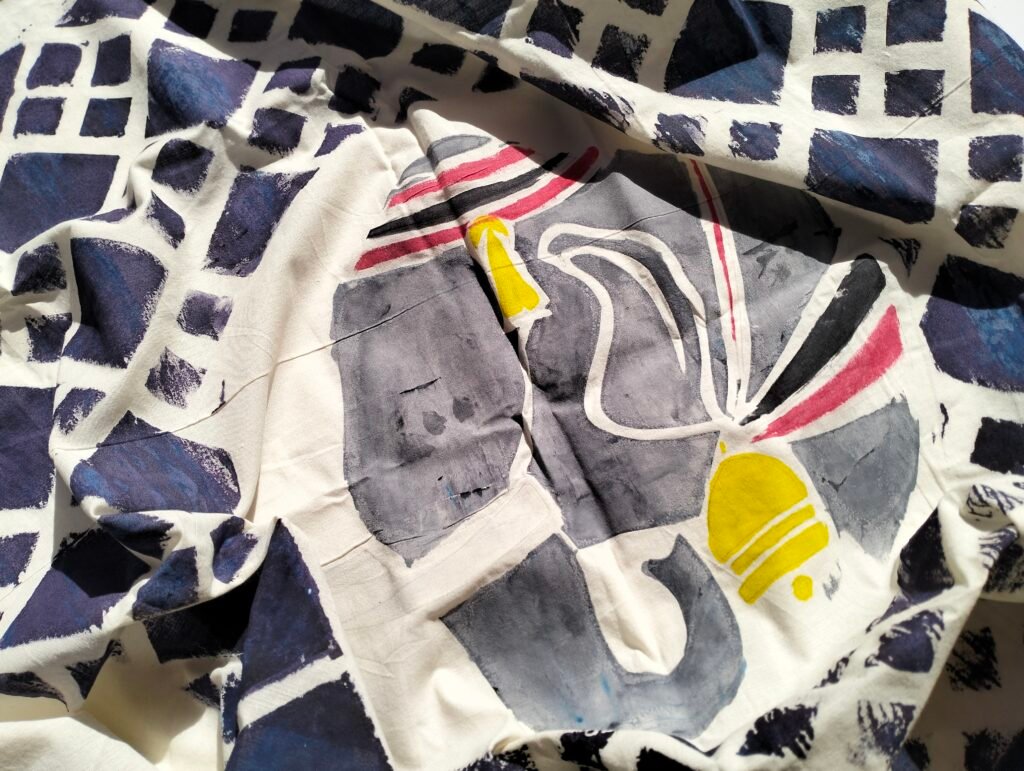
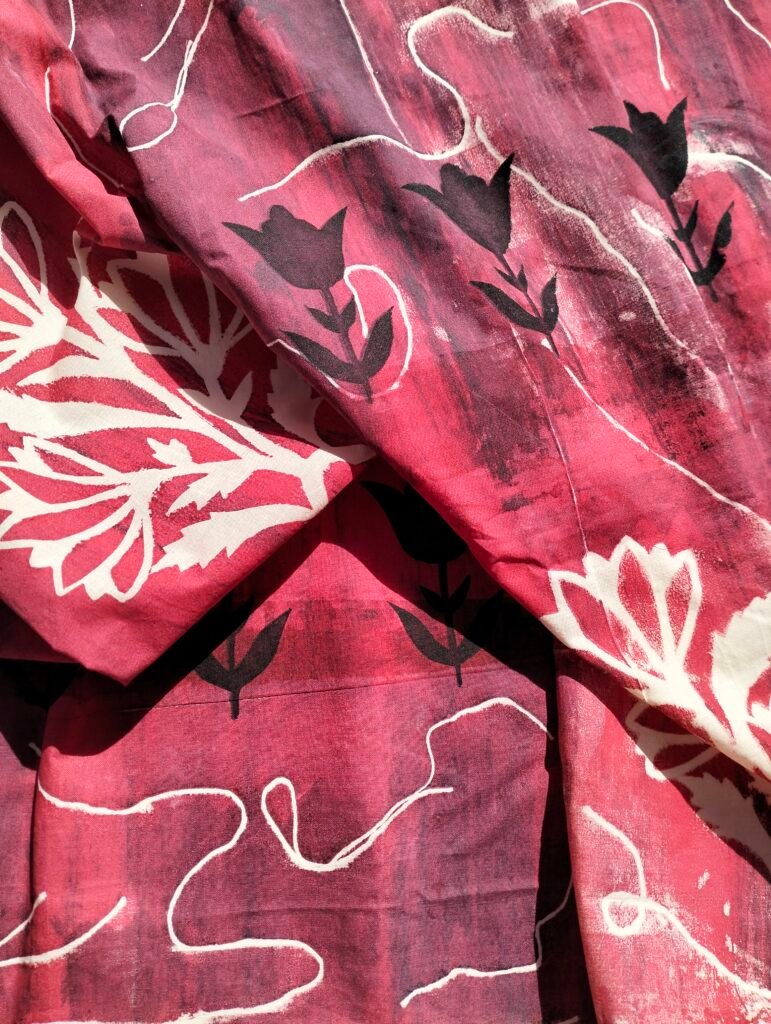
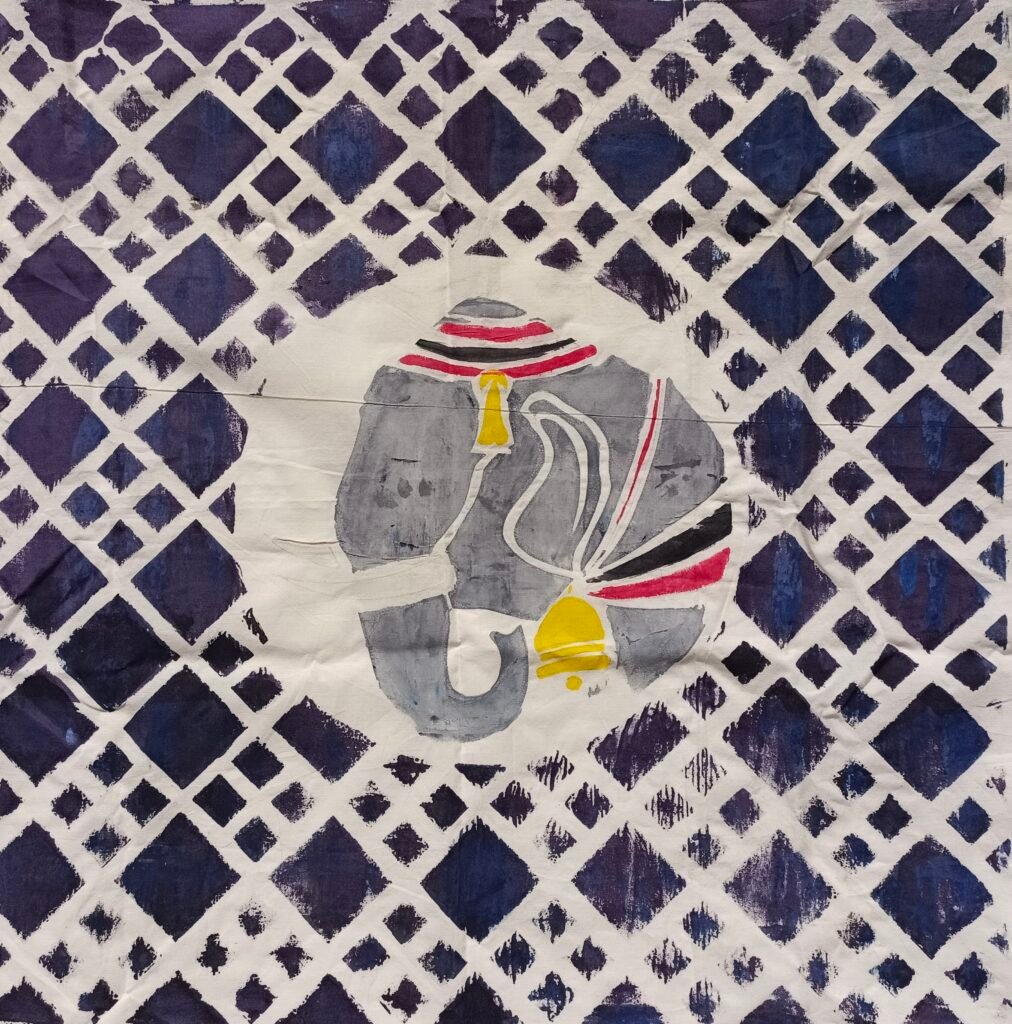
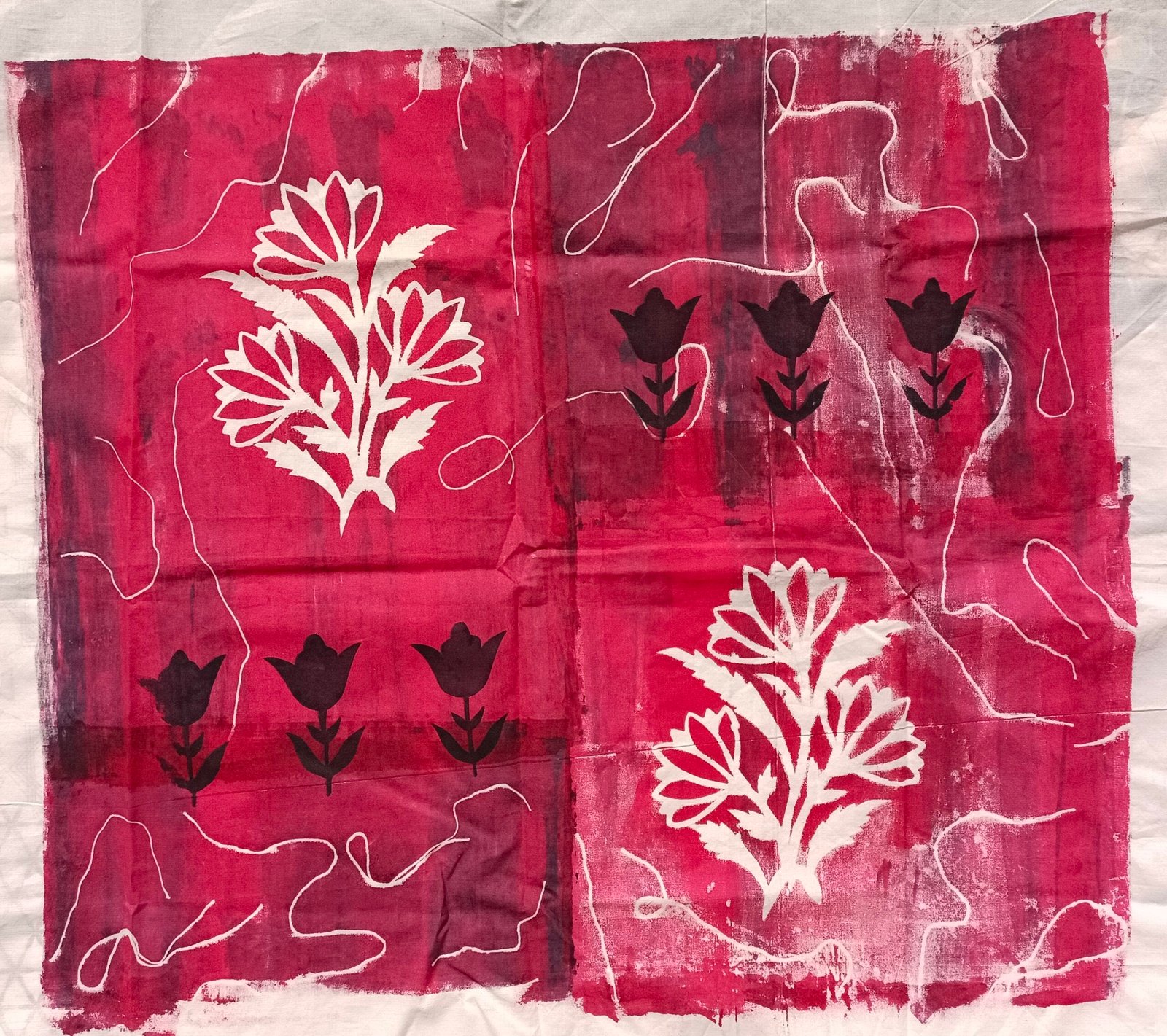
Linocut Printing: The Art of Relief
Linocut is a form of relief printing; a technique closely related to woodcut. In linocut, the artist carves an image into a sheet of linoleum. The areas that are not carved away form the raised surface that will hold the ink. When the inked block is pressed onto paper or fabric (either by hand or using a press), the carved-away areas appear blank, while the raised parts transfer the image. Linocut is celebrated for its bold graphic quality, distinctive textured lines, and often expressive mark-making. Discover more about what a linocut is.
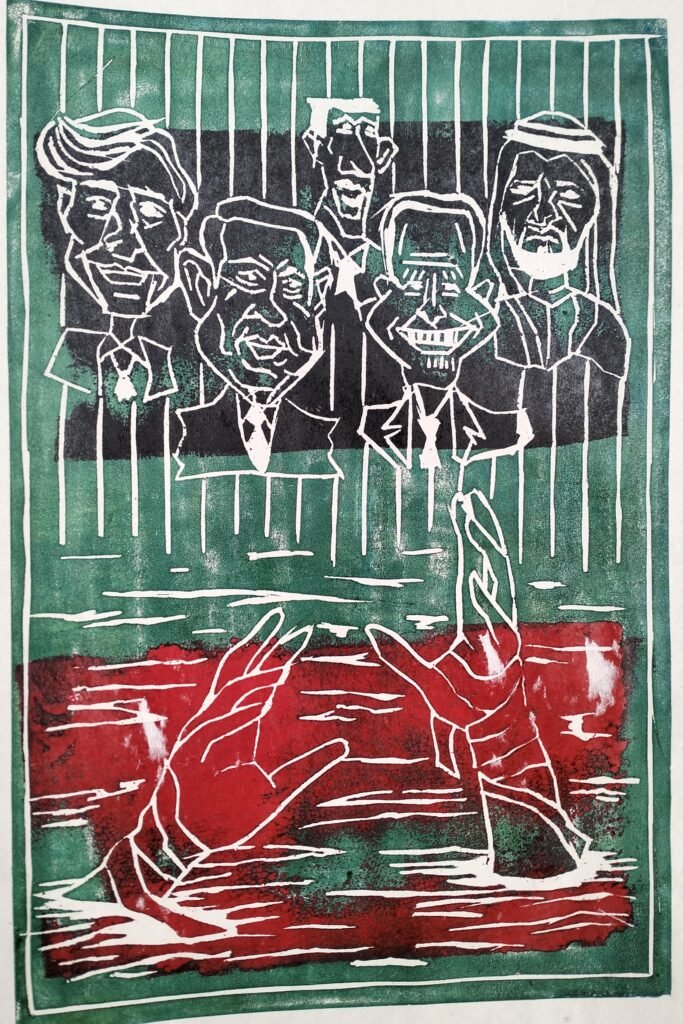
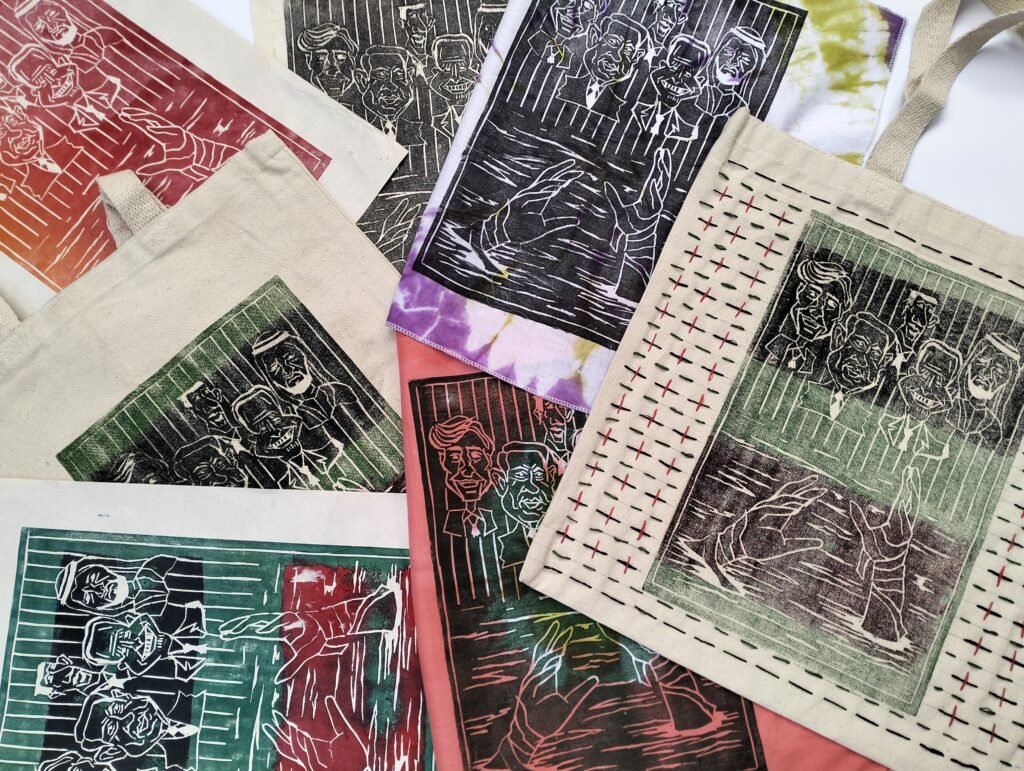
Both methods offer artists the unique ability to create limited editions of original artwork, making art more accessible while retaining its handcrafted value.
The Craft Unpacked: How These Prints Come to Life
While distinct, both screen printing and linocut involve a blend of design, preparation, and careful execution.
Screen Printing: Layer by Layer, Color by Color
The process of screen printing is a fascinating dance of light, chemistry, and controlled application:
- Design & Separation: The artist first creates the design. For multi-color prints, the design is separated into individual colour layers, with each colour requiring its own stencil.
- Screen Preparation: A fine mesh screen is coated with a light-sensitive emulsion. The design (often printed onto a transparent film) is then placed on the emulsion and exposed to UV light. The light hardens the exposed emulsion, while the areas covered by the design remain soft.
- Washing Out & Stencil Creation: The unhardened emulsion is washed away, leaving an open stencil on the screen that mirrors the design.
- Printing: The screen is positioned over the chosen material (paper, fabric, wood, etc.). Ink is placed at one end of the screen, and a squeegee is used to pull the ink evenly across the stencil, forcing it through the open mesh areas onto the surface below.
- Curing: The printed item is then dried. For multi-color designs, the process is repeated for each colour, requiring precise registration to align the layers.
For a more in-depth look at the steps, consider exploring this guide on screen printing basics.
Linocut Printing: Carve, Ink, Press
Linocut involves a more direct, subtractive approach to image-making:
- Design Transfer: The artist transfers their design onto a linoleum block. Remember, the image will print in reverse, so text or directional elements must be drawn backwards on the block!
- Carving: Using special carving tools (gouges and V-cutters), the artist carefully carves away the areas of the linoleum that they don’t want to print. The raised areas are what will form the image. Different tools create different types of lines and textures.
- Inking: Once carved, a thin, even layer of relief ink is rolled onto the raised surfaces of the linoleum block using a brayer (roller).
- Printing: Paper (or fabric) is carefully placed over the inked block. Pressure is then applied, either by hand (using a baren or spoon to rub the back of the paper) or with a printing press, to transfer the ink from the block to the paper.
- Drying: The print is carefully lifted and set aside to dry. For multi-color linocuts, artists might carve multiple blocks (one for each colour) or use a “reduction” method, where the same block is progressively carved away for each subsequent colour layer, making true limited editions.
To see the process in action, here’s a helpful guide on making a linocut print from start to finish.
Print Making, The History and Evolution
Printmaking has been a powerful medium for communication, art, and protest throughout history, enabling artists to share their vision with wider audiences.
- Screen Printing’s Journey: Originating from stencil-based methods in ancient China during the Song Dynasty (960–1279 AD) and further developed in Japan, screen printing found its way to Europe in the 17th century. It surged in popularity in the 20th century, particularly with the rise of Pop Art masters like Andy Warhol, who elevated it to a fine art form, known as serigraphy. Today, it’s ubiquitous in textiles in the form of rotary printing, alongside fashion, signage, and fine art. Read more about the history of screen printing.
- Linocut’s Artistic Impact: Linocut gained prominence in the early 20th century, embraced by artists seeking expressive ways to create bold prints. It became particularly influential in movements like German Expressionism and was championed by artists at London’s Grosvenor School of Modern Art. Its accessibility made it a favourite for both established artists and those looking for a direct, impactful medium. Explore the history and evolution of linocut art.
Custom Creation: Tailoring Your Vision Through Print
Both screen printing and linocut offer incredible opportunities for bespoke creations, allowing for art that is truly unique and personal.
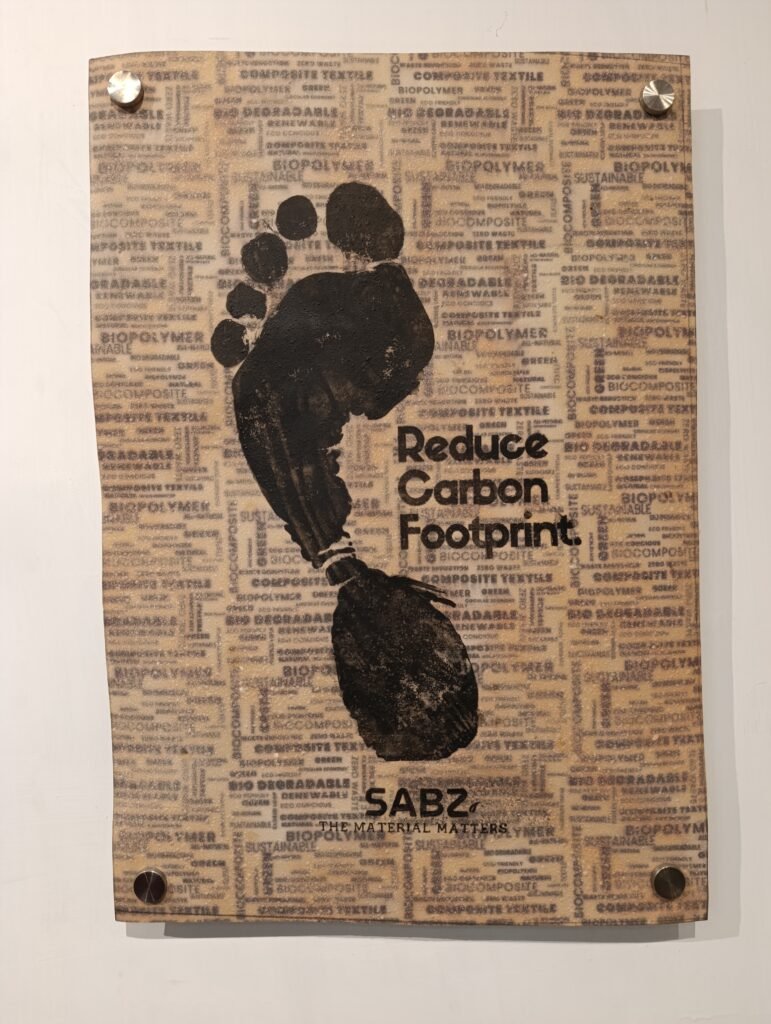
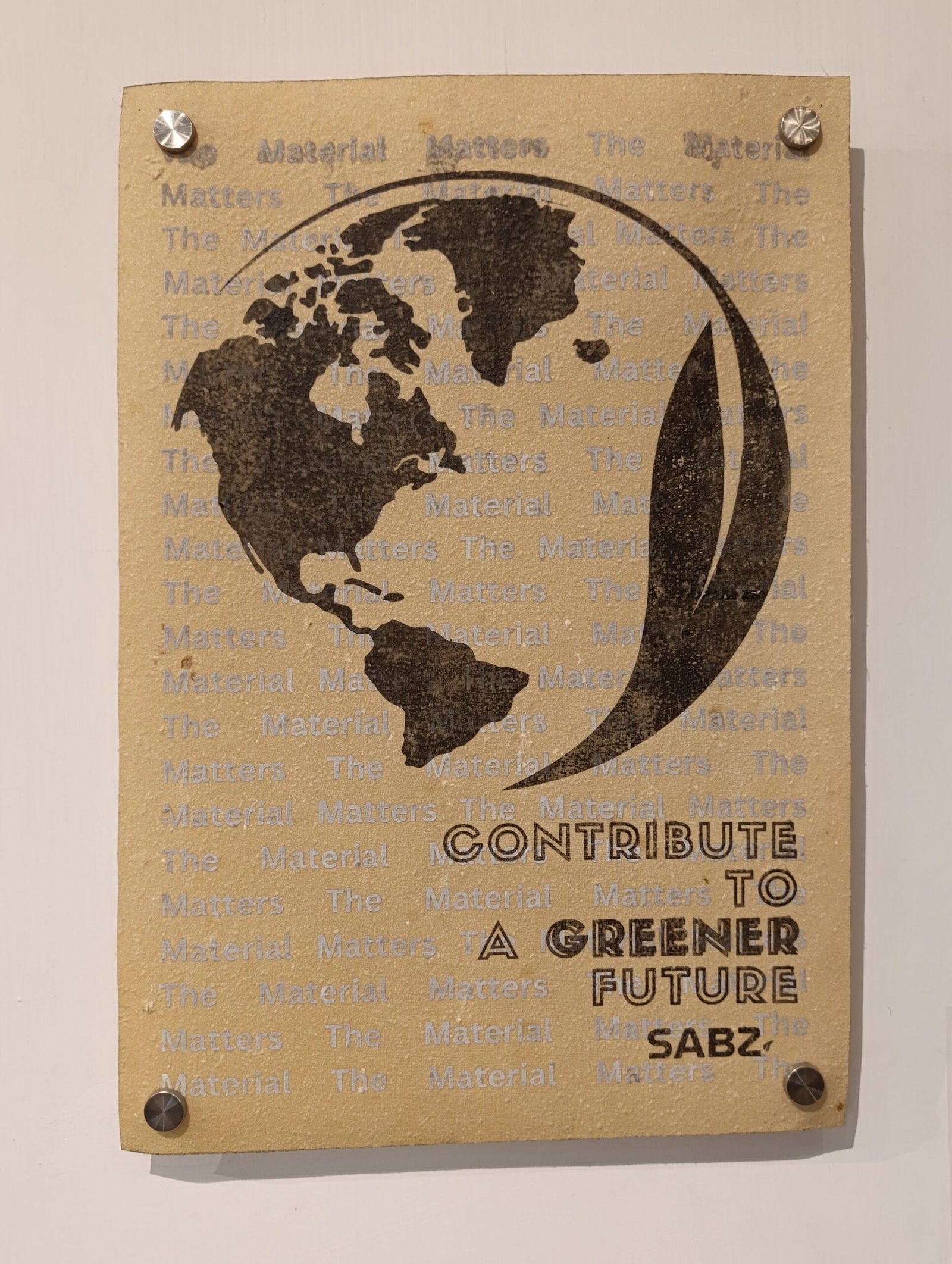
- Screen Printing for Branding & Fashion: From custom apparel and unique tote bags to vibrant posters and limited-edition art prints, screen printing is highly sought after for its ability to produce bold, high-quality, and durable designs. It’s excellent for creating consistent branding across merchandise or for producing a series of unique art prints with a distinctive, graphic edge. Imagine your logo or an original design rendered with striking color intensity on any surface. Learn more about the advantages of screen printing.
- Linocut for Bespoke Art Prints & Stationery: Linocut, on the other hand, excels at creating unique, handcrafted art prints, greeting cards, bookplates, and even fabric patterns. Each print carries the subtle nuances of the hand-carving and inking process, making every impression an original work of art within an edition. For those seeking bespoke artistic statements with a tactile, organic feel, linocut offers unparalleled charm and authenticity. It’s perfect for truly personal gifts or limited-edition art for your home.
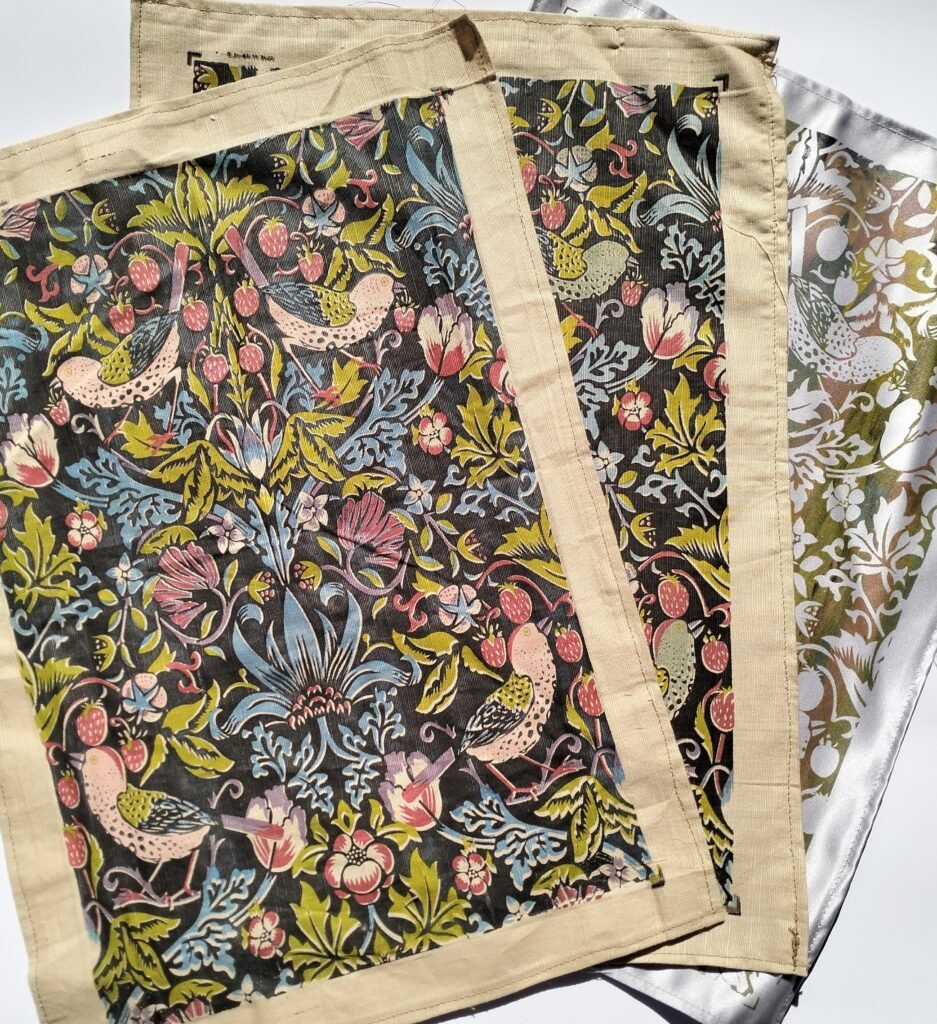
My approach to custom printmaking, whether through screen printing or linocut, is always a collaborative journey. We’ll discuss your artistic vision, the desired aesthetic, colours, scale, and the intended use of the prints. I will then guide you through the technical possibilities, ensuring the chosen technique best translates your concept into a stunning, tangible reality. My commitment is to deliver not just prints, but pieces that resonate with artistic integrity, exceptional quality, and a unique handmade touch.
Why Choose Contemporary Prints? An Investment in Tangible Artistry
Opting for custom screen prints or linocuts over mass-produced items or purely digital visuals is a deliberate choice for those who value:
- Authentic Craftsmanship: Each print, while part of an edition, is a direct result of the artist’s hands-on involvement, bearing the subtle marks of the process that speak to its unique origin.
- Vibrant & Durable Aesthetics: Both techniques produce prints with exceptional colour vibrancy and longevity, ensuring your artwork or custom products stand the test of time and maintain their visual impact.
- Distinctive Visual Impact: The inherent qualities of screen printing (bold graphics, crisp lines) and linocut (expressive marks, tactile texture) offer a powerful aesthetic that sets them apart from other forms of reproduction.
- Accessible Original Art: Printmaking allows artists to create multiple original artworks, making high-quality, handcrafted pieces more accessible to collectors and enthusiasts than one-of-a-kind paintings or sculptures.
- Sustainable & Mindful Creation: Many contemporary printmakers embrace eco-friendly inks and sustainable practices, making these choices a reflection of conscious consumption and support for artisanal production. Whereas the process, generally, has reduced wastage.
Ready to bring your vision to life through the dynamic world of contemporary printmaking? Whether you’re considering bespoke art prints for your home, unique merchandise for your brand, or simply curious to learn more about screen printing or l
